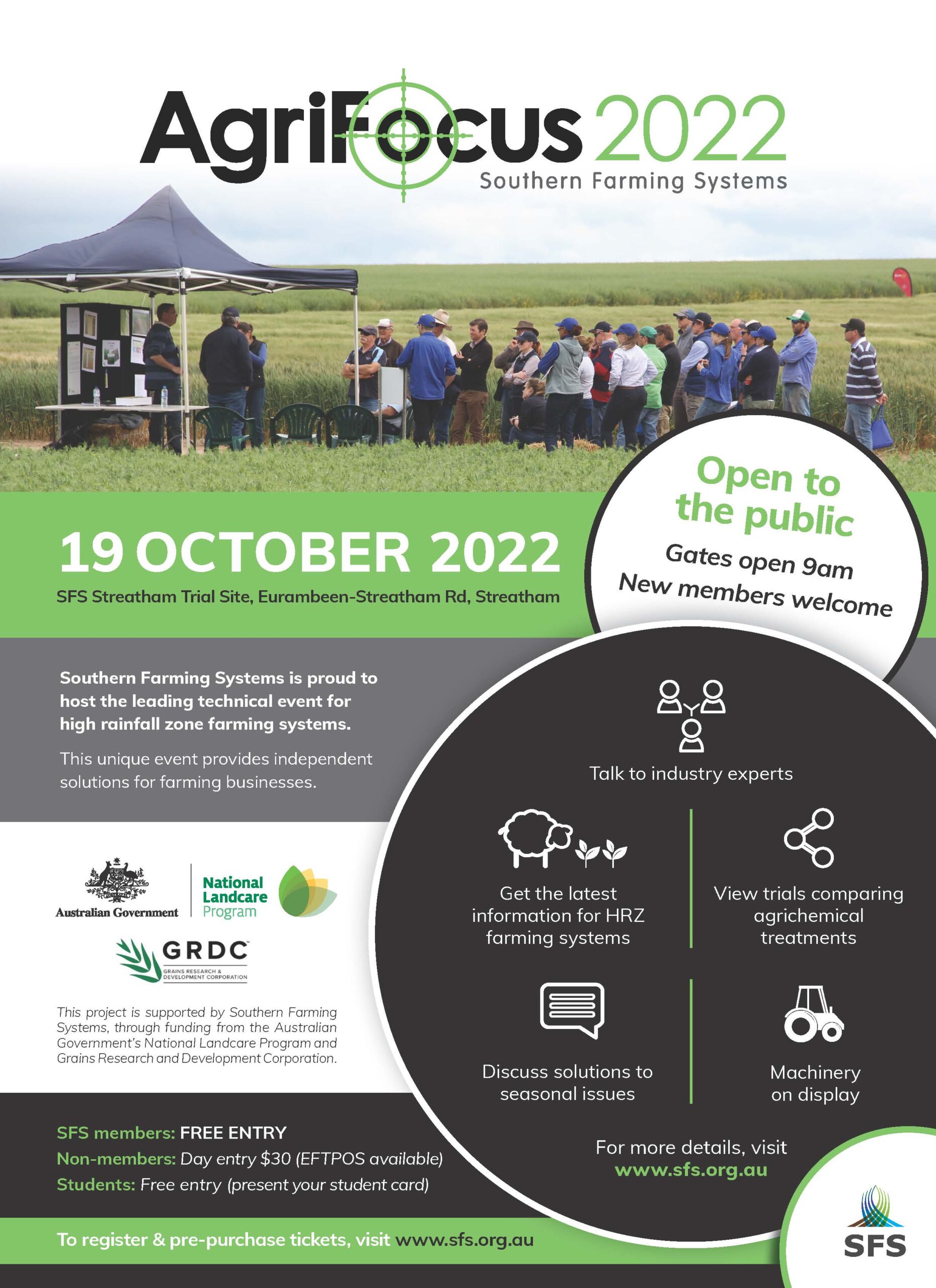
Nutrition Strategies to Mitigate Yield Losses Following Waterlogging
Waterlogging issues and drainage solutions are a high priority for farming systems in the high rainfall zone (HRZ) of Victoria and Tasmania. In 2021 these areas experienced a higher-than-average rainfall season, particularly through the winter months of June and July.
Waterlogging creates a stressful environment for plants to grow in and can result in reduced yields, and in severe cases plant death. Waterlogging occurs in various degrees and the definition of a waterlogged soil is the air spaces in the soil are saturated and no longer contain oxygen, forcing anaerobic conditions (Ag Vic 2020). This also diminishes the plant’s ability to uptake nutrients and water through its root system. If this is occurring, plants often show reduced growth and display symptoms such as yellowing leaves, known as chlorosis . The growth stage of the crop during a waterlogged period is essential to understanding the effects it can have on final grain yields. Waterlogging close to sowing will affect germinating seeds and young seedlings, and as these plants do not have a well-established root system, this can have severe effects. If a soil is waterlogged during June – July in south-west Victoria or Tasmania and the crop is well established, final yields may not be severely impacted, as soils are cold, the demand for oxygen is low, and plant growth is slow (Soil Quality, 2022). Established plants will be most affected when they are rapidly growing, as such, prolonged waterlogging during the warmer spring period is where yield penalties will be most severe.
The HRZ of Victoria & Tasmania is particularly prone to waterlogging conditions, with high rainfall and sodic subsoils. This project is investigating ways in which the effects of waterlogging can be mitigated and enable farmers to make informed decisions about how they can manage their crops better under such circumstances. Under waterlogged conditions nitrogen is lost from soils through denitrification and leaching and a plant also has a limited ability to uptake nutrients during this period. Providing the crop with adequate nutrition following a waterlogged period is therefore of upmost importance to help the plants recover from this stress. This report will focus on ways to recover a waterlogged crop using different nutrition strategies.




